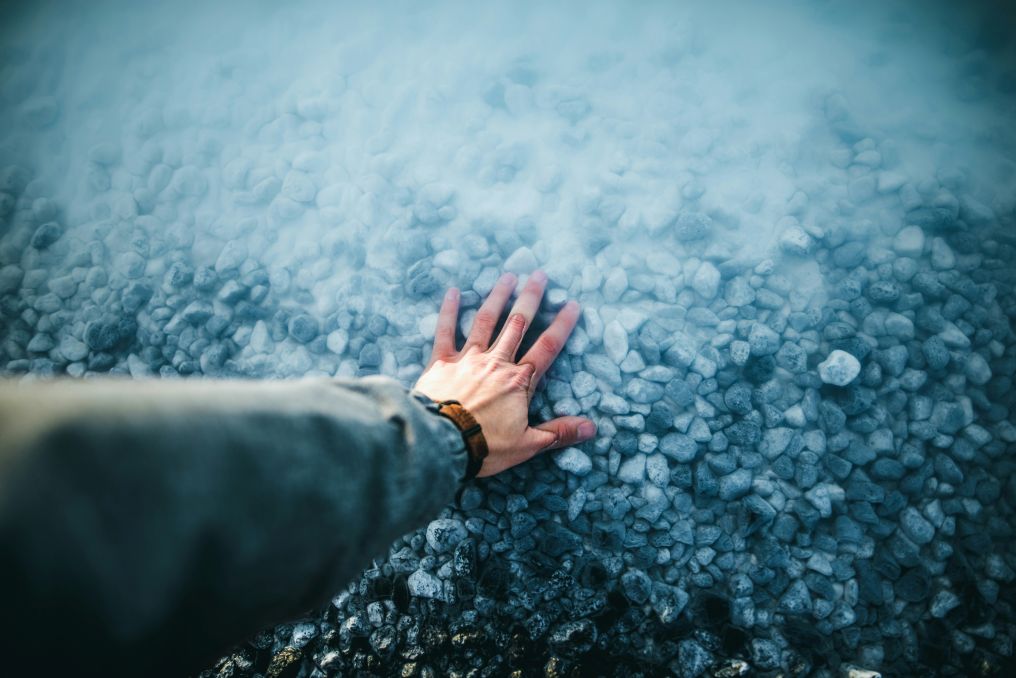It’s easy to scroll through wellness trends. From infrared saunas to breathwork apps to ice baths in the morning, it sometimes feels like everyone’s hurtling towards the extreme. But there are some practices that transcend, not because they’re trendy, but because they may deliver benefits.
Cold water immersion is one of them. Although its trend may be recent, the practice itself is not. Recovery specialists, athletes, and even mental therapists have been incorporating cold plunges into their physical routines for a long while.
What’s changed is the accessibility.
With sleek, self-cooling tubs designed for daily use, this once niche recovery tool is finding its place in backyards, garages, and home gyms.
What’s behind the shift?
It isn’t just hype. Research suggests cold water immersion can be beneficial for body and brain. To understand why these tubs are gaining popularity, you have to look past the cold in biology, endurance, and habit.
How the Body Responds to a Cold Plunge?

Immersion of the body in cold water, usually between 37°F and 55°F, initiates a physiological response chain almost instantly. The blood vessels constrict, and the blood is redirected to vital organs, which causes the body to experience mild stress. As uncomfortable as the initial response feels, it may set the stage for recovery.
With a cold plunge tub, there is consistency in temperature and submersion of the entire body, which can be more effective at triggering these responses than improvising with ice or water. A sudden decrease in skin temperature may trigger the release of norepinephrine and dopamine, neurotransmitters linked with alertness, mood control, and focus.
At the same time, some studies suggest that inflammation is reduced, the metabolic rate increases, and recovery may be enhanced. These benefits may be especially helpful for anyone experiencing chronic pain, fatigue, or muscular strain.
The body’s balance after immersion may also support vascular elasticity and circulation. Many users report they feel refreshed and energized rather than drained.
Find Focus in the Freeze
In addition to the physical benefits, cold plunges also appear to have a deep effect on the nervous system. Regular exposure may help the body to respond to stress. It’s not about gritting it out but rather about reconditioning how your brain reacts to discomfort.
When you immerse yourself in cold water, you activate the parasympathetic nervous system. You need to have gentle, controlled breathing. This practice may help reduce baseline anxiety with repetition and build mental resilience.
People who cold plunge regularly often describe improved focus, patience, and a greater sense of presence. In short, it may teach the brain how to remain calm in chaotic surroundings.
Cold Plunge Tubs Have Evolved—Here’s Why That Matters
Traditionally, cold plunges required effort: bags of ice, a bathtub, and a lot of guesswork. Today, with modern systems, all that’s changed. Integrated cold plunge tubs contain in-tub cooling, filtration, and temperature control, eliminating the hassle and making consistency easier.
These systems are engineered for daily use. They’re not just durable; they’re hygienic. Ozone sanitation and micron filtration help keep the water clean without harsh chemicals, even when shared among multiple users.
Design also plays a part. They’re made from compact models, featuring ergonomic insulation and digital control panels, making them easy to use regardless of whether you’re a high-performance athlete or simply recovering from a day’s work.
The Physiology Behind Daily Cold Plunge Use
For the average healthy person, cold plunging once a day is typically safe and can be rewarding when done with caution. The two primary variables to control are time and temperature.
Begin with short exposure, typically one to three minutes, to fairly cold water. As your body becomes accustomed, you may gradually increase exposure.
It is equally essential to respond to your own bodily signals. Numbness, tingling, or dizziness could be warning signs to halt. Individuals with circulatory or heart disease should first consult a physician before embarking on a regimen.
When performed responsibly, daily cold plunges may enhance metabolic health, regulate mood states, and improve sleep cycles. It stops being a challenge and instead becomes a reset switch.
Recovery, but Also Prevention
This is where science and habit collide.
You’re not just using a tub to feel better after a hard workout. You’re conditioning your body and mind to perform more efficiently over time. Ten minutes a day could translate into lasting changes in how you feel, think, and operate.
Why the Surge in Popularity Now?
Part of the growth is cultural. More people are seeking natural ways to manage their energy, sleep, and performance. But there’s also a shift in how recovery is viewed. It’s no longer seen as passive. Recovery is active.
It’s planned. It’s optimized.
And cold plunging fits that mindset perfectly.
Unlike supplements or wellness apps, a cold plunge can offer tangible, immediate effects. You feel it. You see the difference in how your body responds over time. That kind of feedback creates motivation, and motivation in turn builds a habit.
The accessibility of premium cold plunge systems has only accelerated adoption. People want results, but they also want convenience. A reliable, clean, at-home setup offers both.
Building Discipline Through Cold Immersion
Cold plunging isn’t just recovery; it’s a habit-forming ritual. Getting in the cold water when you don’t want to requires a small but mighty act of follow-through. Not allowing other things to get in your way and doing it over and over again may develop your consistency muscle even when it’s tough.
It makes you do it this time in front of resistance. That state of mind also translates into life, work, relationships, training, or even recreation. Cold insists on presence. It requires you to breathe across stress, rather than around it. And that initial moment of morning-controlled discomfort could become an instrument of mental resilience, not merely physical recovery.
Not Just a Trend, But a Tool
The once niche wellness method is now scientifically supported as one of the greatest recovery and performance aids, rooted in biology. Cold plunge tubs are not a new trend, but instead redefine what recovery, resilience, and wellness could mean to daily living.
After the routine is established and the equipment is installed, it’s automatic. The real payoff isn’t altered by the drop itself, but by the expertise that gives you health, temperament, and vitality.
To heal faster, think more clearly, or just build healthier habits, a cold plunge may offer benefits supported by science.
Disclaimer: The information provided in this article is for general informational purposes only and is not intended as medical advice. The benefits of cold plunge tubs, including those related to recovery, mental clarity, and physical health, may vary between individuals. Always consult a healthcare professional before starting any new wellness practice, especially if you have pre-existing medical conditions or concerns. The claims made regarding the effects of cold immersion are based on research and available studies, but individual experiences can differ. The use of cold plunge tubs should be approached with caution and responsibility.

















